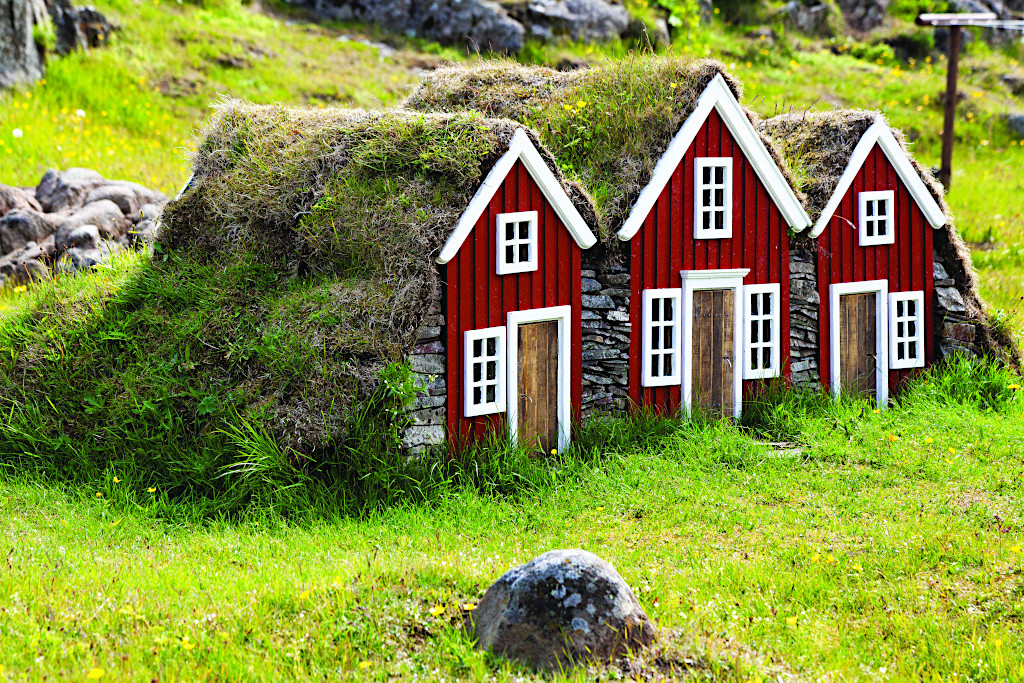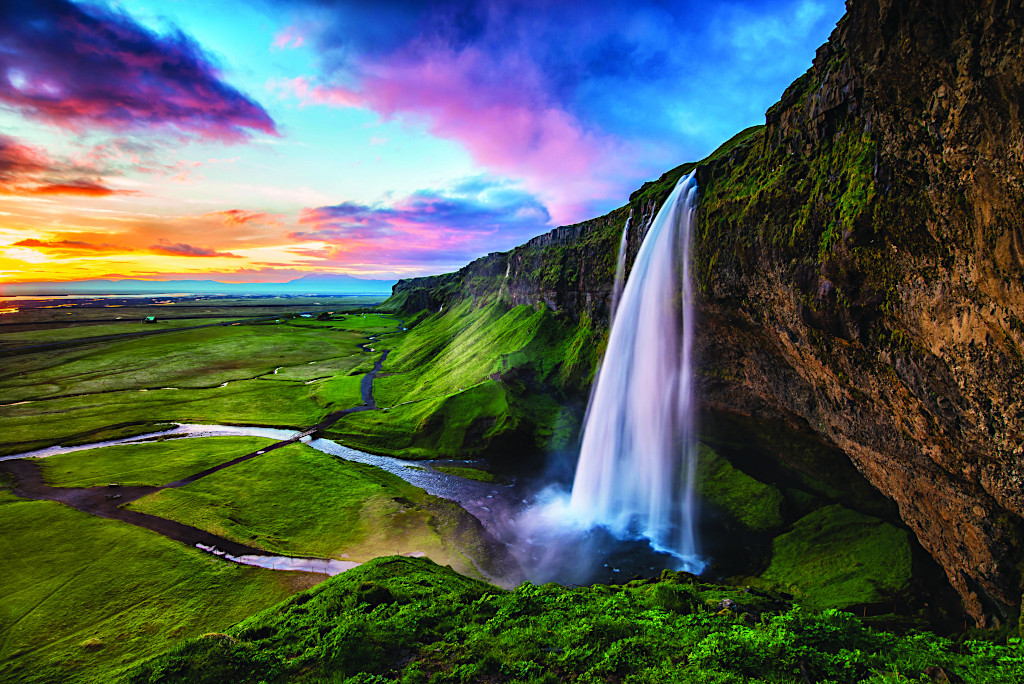You may be more essential than you’ve ever imagined. You are also inessential, in ways that can fill you with wonder and hope.
Those are among the many lessons I learned on an unusual trip to Iceland last year. Other highlights from my happenstance syllabus: You should just say no to jelly on pizza; You should consider building an elf house in your yard; Squirrels have corkscrew-shaped penises. These personal epiphanies, cultural insights, and trivial oddities that make travel such a joy have been sorely missed since my trip to Iceland. I can’t wait to continue roaming the globe in pursuit of experience, knowledge. and surprise.
I made plans to be in Iceland well before the pandemic kicked in. For the month of September, I’d join a small group of international creatives at an arts retreat in the remote eastern fjord town of Stoovarfjorour, but as the world went into a deep lockdown, I resigned myself to an inevitable postponement. Sure enough, in late spring, Iceland, which even at this writing has experienced only 29 covid deaths, shut its borders to tourists from the U.S., where the number of deaths has gone on to far exceed Iceland’s entire national population.
Before cancelling my flights, I decided to check in with the Icelandic government. To my astonishment, I was informed that I was no mere tourist. As a writer who’d been accepted into a program with recognized cultural and educational value, I was still welcome. Provided I tested negative for COVID-19 at the airport on arrival, quarantined for five days, then tested again to get the all clear, I qualified for an exemption from the travel ban. This was a head spinner. A government policy that effectively deemed artists’ work essential? How strangely humane. This was a sort of institutional respect I’d never felt before. In the midst of a violent, contagious pre-election American summer, Iceland’s allure increased exponentially.
What is now my all-time favorite travel souvenir was in my hands before I left home: An official letter from the Icelandic Ministry for Foreign Affairs. My permission slip.
Stoovarfjorour is a tiny place of enormous beauty. With a population that hovers just above 200, it sits on a gentle slope, corrugated by narrow, trickling streams. The modest houses are oriented toward the south, where an icy finger of the Atlantic beckons fishermen to come try their luck. Across the water, there’s a sudden jut of jagged mountains, like the back of a sleeping dragon. In the sunshine, they’re green with futon-thick moss that grows on every available inch of soil. When rain rolls in, they’re a foreboding gray, peaks cut short by a shroud of fog. On lucky clear nights, the mountains’ rough-hewn drama receded, upstaged by mysterious green scrims of aurora borealis afloat in a skyful of nonpareil stars. During those nights,and in many moments yet to come alongside waterfalls, in volcanic fields and on the open road, I reveled in my own tininess; in that sense of spiritual relief and refreshment that comes when considering oneself within nature’s grand scale.
Stoovarfjorour is one of many small villages in Austurland (Eastern Iceland) that have been economically devastated by the consolidation of their country’s seafood industry over the past two decades.
Massive firms have bought up, then shut down, smaller companies throughout the fjords, centralizing their freezing and processing at a few strategically located mega-plants. In towns long reliant on independent local plants as their economic engines, the result has been an exodus of young people in search of employment and abandoned wharfside factories falling into disrepair.

Elf Houses
Photo: Karin de Jonge-Fotografie
In Stoovarfjorour, though, they’re trying to take a different path. Six years after the local seafood plant shuttered in 2005, a volunteer-fueled non-profit organization came together to rehabilitate the dilapidated building and establish the Fish Factory Creative Centre. Today, the 30,000 square foot, mural-festooned structure is home to art and writing studios, a small performance space, an analog recording studio, and dedicated, well-equipped workshops for ceramacists and wood workers.
Under the guiding hands of multi-media artist Una Sigaroardottir and her British-born husband, music producer Vinny Wood, the Fish Factory not only hosts artists’ residencies, but produces musical performances, art exhibits, workshops, and arts education programs for the public of Austurland (Eastern Iceland). It’s not uncommon for citizens of this sparsely populated region to drive 100 miles for a concert at the Fish Factory.
If you’re ever in the neighborhood, knock on the door and ask for a look around. If you’re a writer, painter, musician or some other kind of artist, apply to stay a while. It’s an essential institution.
Perhaps you’re wondering what it’s like to be a single gay man in these beautiful boondocks. I’ll say this: I’m glad I’m not a single gay man. Sure, I was 4,000 miles from my San Francisco partner, but I was just away for 5 weeks and we’ve been together for over 10 years. Call it an absence-makes-the-heart-grow-fonder scenario.


